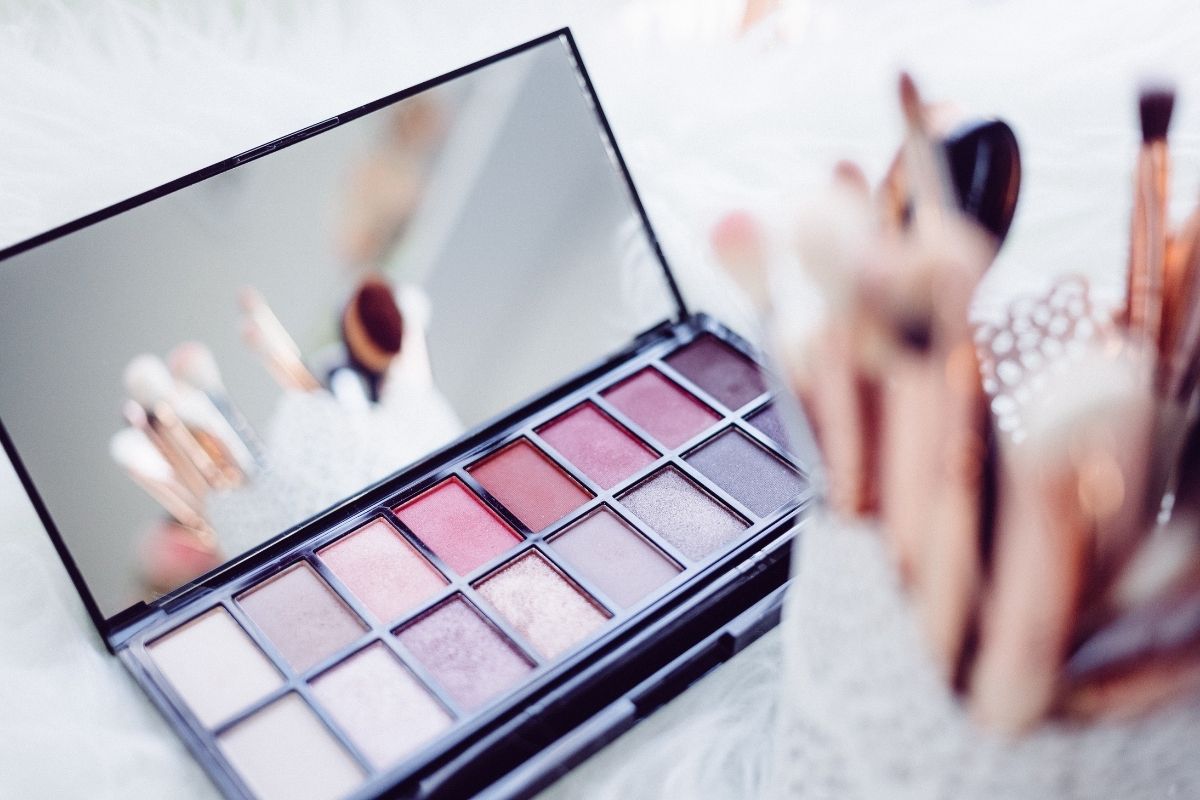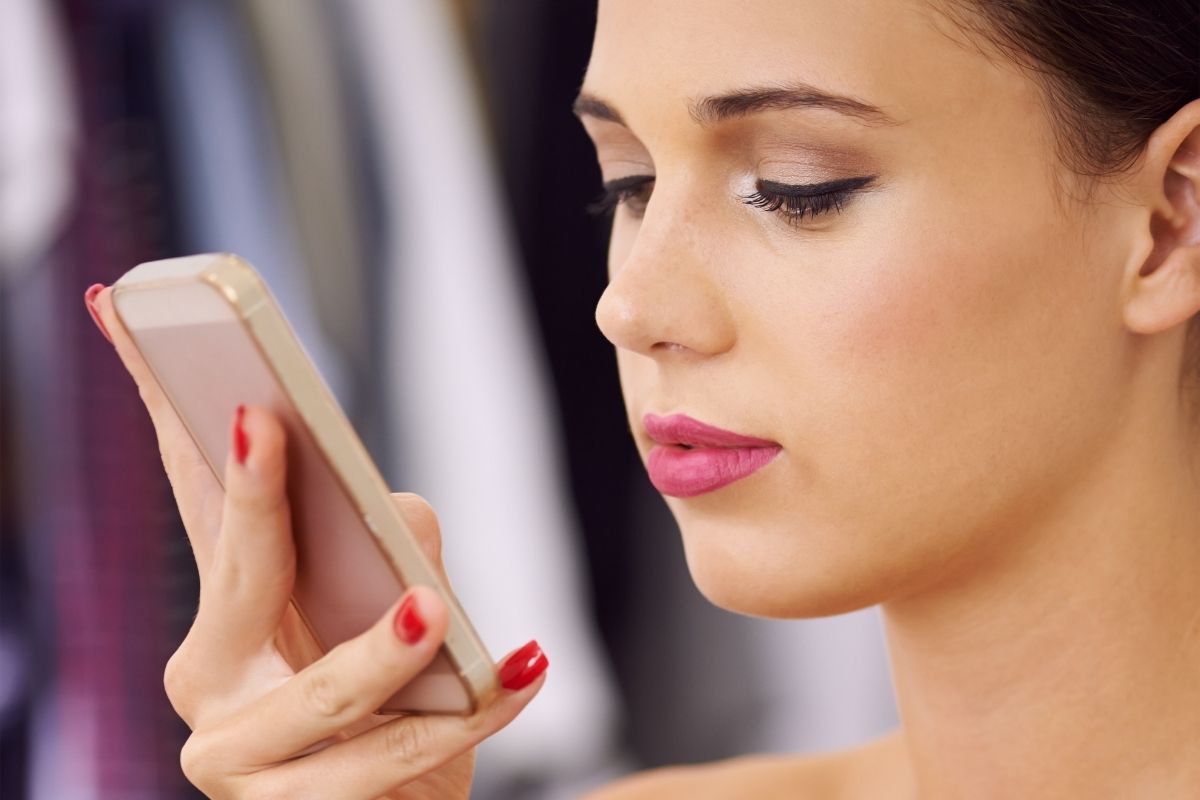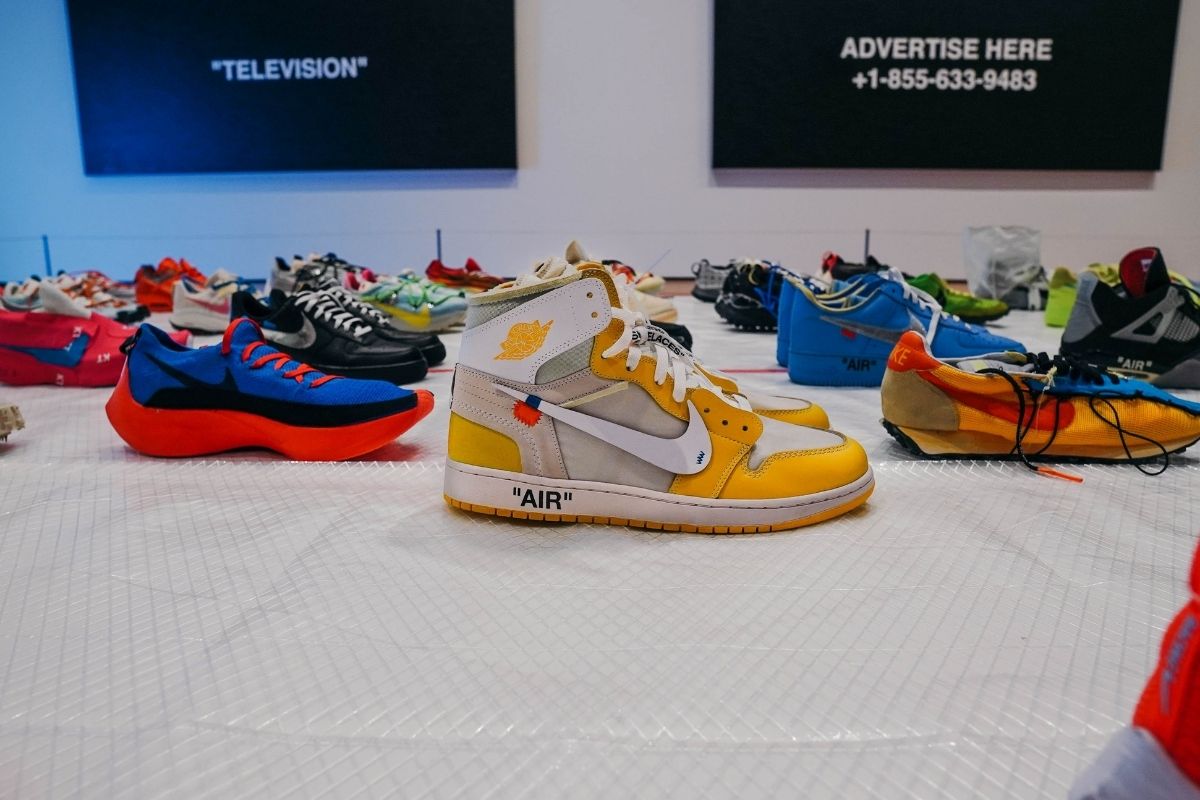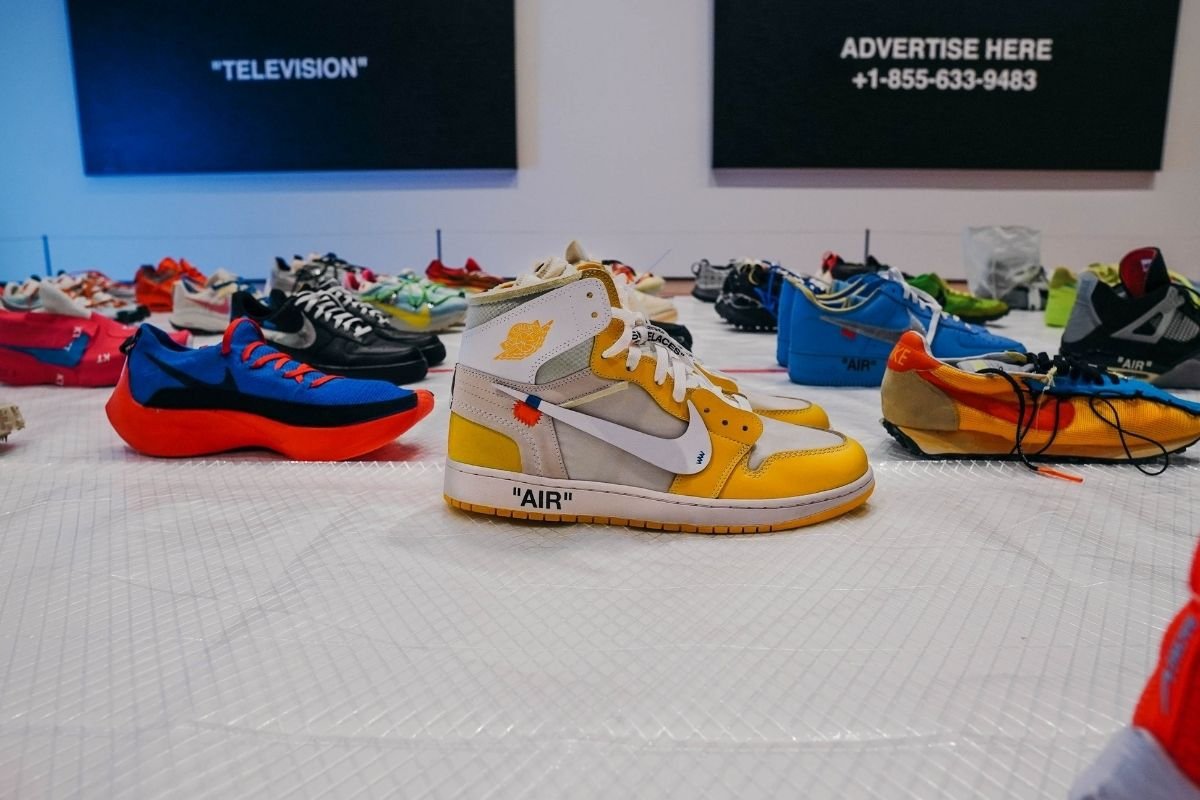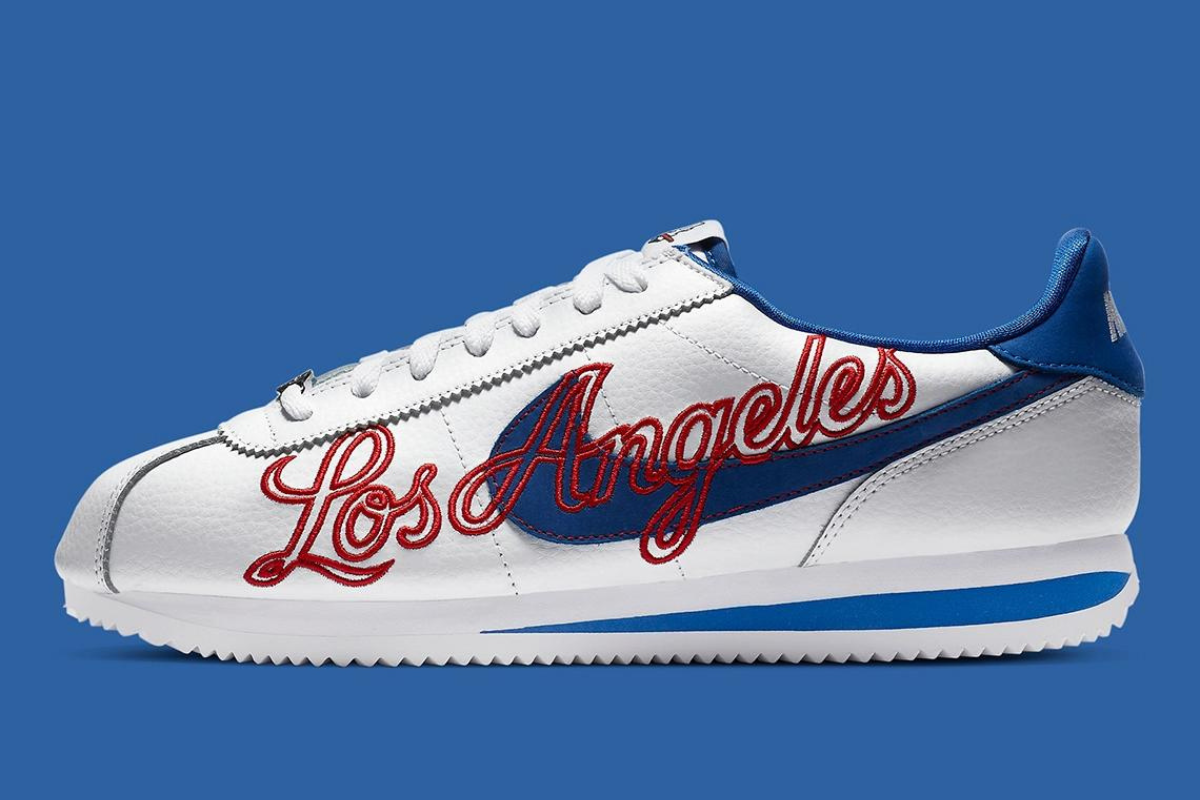Brand Startup: Setting Brand Culture
[wdm_vimeo_gform_overlay]
It’s critical to consider various customer scenarios, situations, and lifestyles while planning future launches. In this article, we will use clean products as a branding example.
It’s critical to consider the whole scope of what clean and sustainable really entails. Clean is more than just a list of ingredients to avoid—it involves much more than that.
You’ll have clean formulation requirements. You will list out what ingredients you like to use and what you prefer not to. It’s more of an educational opportunity than a condemnation of any ingredients.
Essentially, you’ll choose not to use certain ingredients because you believe there are better alternatives out there. But what about the formulation process? How are your ingredients incorporated? What methods do you use to take customers behind the scenes?
Also, how are you involving customers in the testing process to ensure that goods are truly appropriate for a wide range of skin tones and textures? As a company, how do you think about language? Because businesses must be conscious not only in terms of visual diversity but also in terms of language.
Some brands have pledged not to use phrases like “poreless” or “flawless” in their marketing. And, more lately, anti-aging or ageless has been added to the list. This is because they want to ensure that the language and imagery are truly driving a positive customer experience. These brands are normalizing things that should be normalized, such as skincare and self-care.
This open debate about sustainable, clean, and conscious beauty is extremely important because the customer deserves to know. They also need to know which brands are they buying into—which organizations they are supporting.
The industry will continue to evolve in this direction. It is more vital than ever for brands to be as transparent as possible about who they are and what they stand for so that their customers are not confused.
